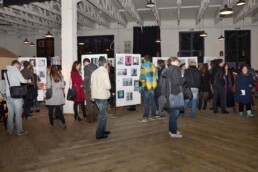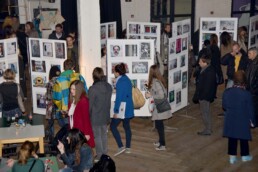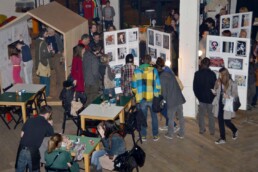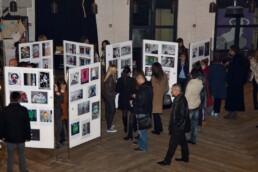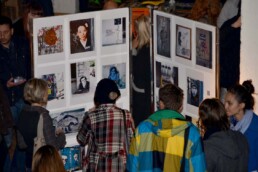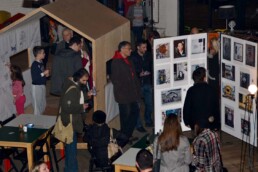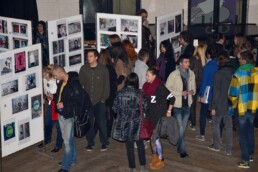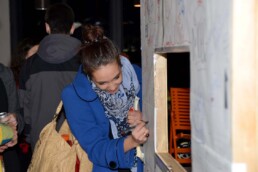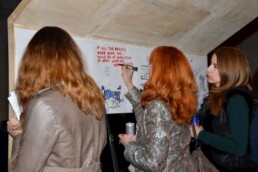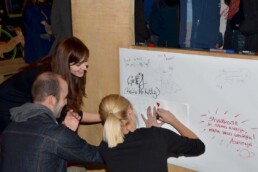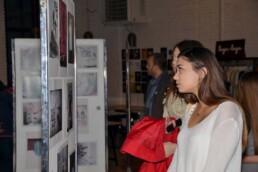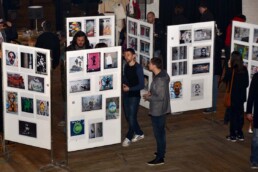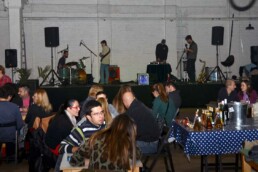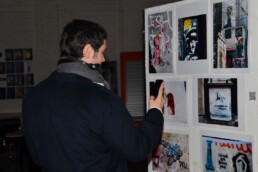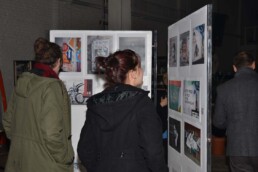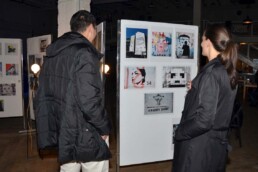Let’s raise our foreheads… and we will see the walls that surround us, we will see the walls that isolate and channel us, but also the walls that unite us. We will see the facades of the most frequently demolished capital in the world, we will see neoclassical, art-deco, Turkish udzerica, modern… and we will see graffiti written on those facades.
The city is a canvas on which famous and unknown authors leave their traces. A canvas that is torn and mended, and on which to paint again. The whole city is one big gallery and we are left to enjoy the display or to criticize it.
The project deals with the architecture and graffiti of Belgrade – messages on the wall. These messages are exposed to views, different weather conditions and emotions. This makes them transient. The goal of this project is to preserve, document and popularize graffiti as a specific form of art.
And this art belongs to everyone. From the cave walls where some prehistoric kids used to draw their fellow hunters, aliens and ghosts that haunted them, to today’s virtual Facebook wall where we wish our alien friends happy birthdays, the wall is there to convey a message. If paper endures everything, the wall endures even more.
Graffiti is an unavoidable part of the urban environment. To imagine a city without graffiti would be the same as to imagine a city without cars. Nowadays, graffiti is inextricably linked with architecture. Architectural elements are often used not only as a surface for painting but as an integral part of graffiti. And the architecture itself can often look like one big graffiti.
As part of the project, a blog and a Facebook page “Belgrade graffiti” were launched, on which, in addition to Belgrade graffiti, graffiti from other world capitals are shown, with the aim of showing the universal language of graffiti. Whether we’re looking at graffiti on a wall in New York, Berlin, Belgrade or a prehistoric drawing of a hunt, the message is there.
